The Origins of Kutch Culture: From Harappan Echoes to Desert Adaptation
Kutch, also known as Kachchh, stands as a remarkable blend of geography and culture. The vast Rann of Kutch—a stretch of salt marshes and arid plains—defines its terrain. This landscape has continuously shaped the lives and creativity of those who inhabit it. Historically, this region was once a shallow extension of the Arabian Sea. It later transformed into a seasonal salt desert through geological evolution.
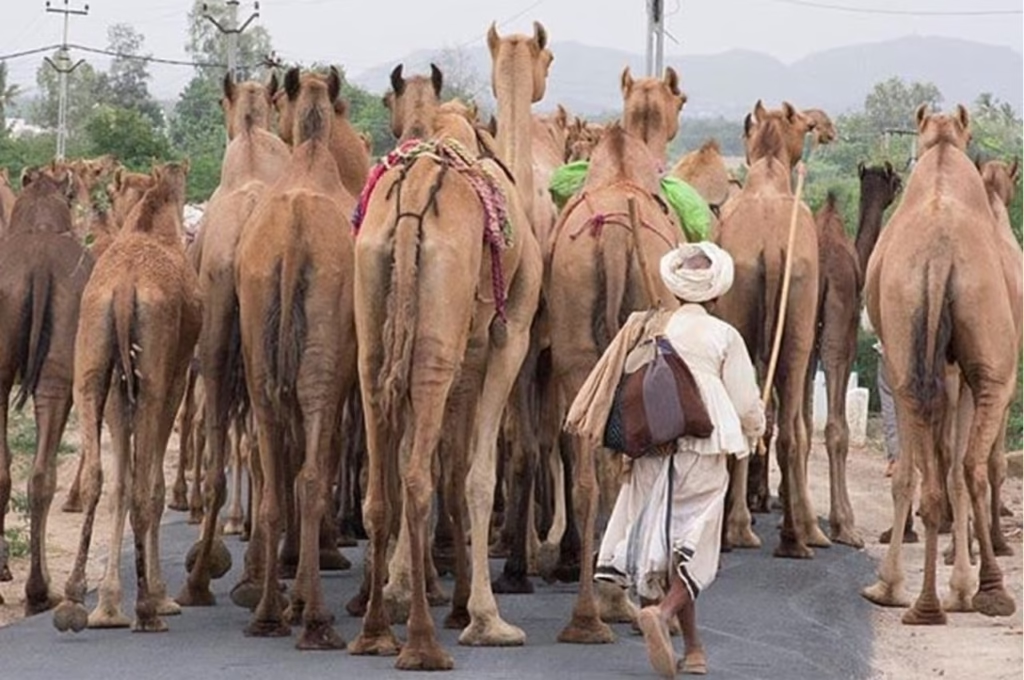
The cultural lineage of Kutch reaches back to the Harappan civilization. Its motifs and patterns continue to inspire local artisans today. Over time, migrating communities enriched its heritage, introducing new skills and techniques. Around the 12th century, the Kshatriya community played a key role in developing the traditional Bandhani (tie-and-dye) art. Kutch communities lived in an arid environment with scarce resources. They innovated ways to transform what little they had into durable and beautiful creations. These creations were also trade-worthy. This ingenuity gave rise to high-value crafts. These crafts include textiles, leather work, and embroidery. They became the hallmark of Kutch’s artistic economy.
The Textural Tapestry: An Overview of Kutch’s Major Craft Forms
Kutch handicrafts are an extraordinary reflection of its cultural mosaic. They are broadly categorized into textile, painting, and material-based crafts. While embroidery often defines the region, each art form contributes uniquely to its identity.
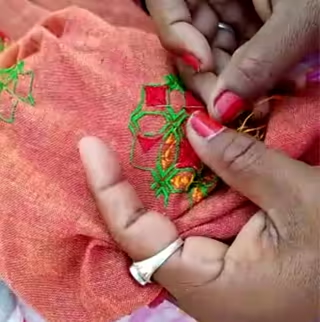
Kutch Embroidery: A Spectrum of Traditions
Kutch embroidery shows multiple community-based styles rather than a single technique. These include Rabari, Ahir, and Mutva embroideries, as well as regional styles like Soof, Kharek, and Pakko. Characterized by detailed needlework and mirror embellishments (Shisha), each style reflects the history, beliefs, and daily lives of its makers.
The Dyeing and Printing Arts
The Kshatriya community’s legacy continues through Bandhani, Ajrakh, and Batik textiles—each showcasing the region’s mastery in dyeing and block printing.
- Ajrakh: A complex resist-block printing technique using natural dyes like indigo and madder. The process, spanning up to 14 to 16 stages, produces intricate geometric and floral patterns.
- Bandhani: This technique is derived from the Sanskrit word Bandha (to tie). It is a resist-dyeing technique involving tying small portions of fabric before dyeing. This creates signature dotted and circular motifs.
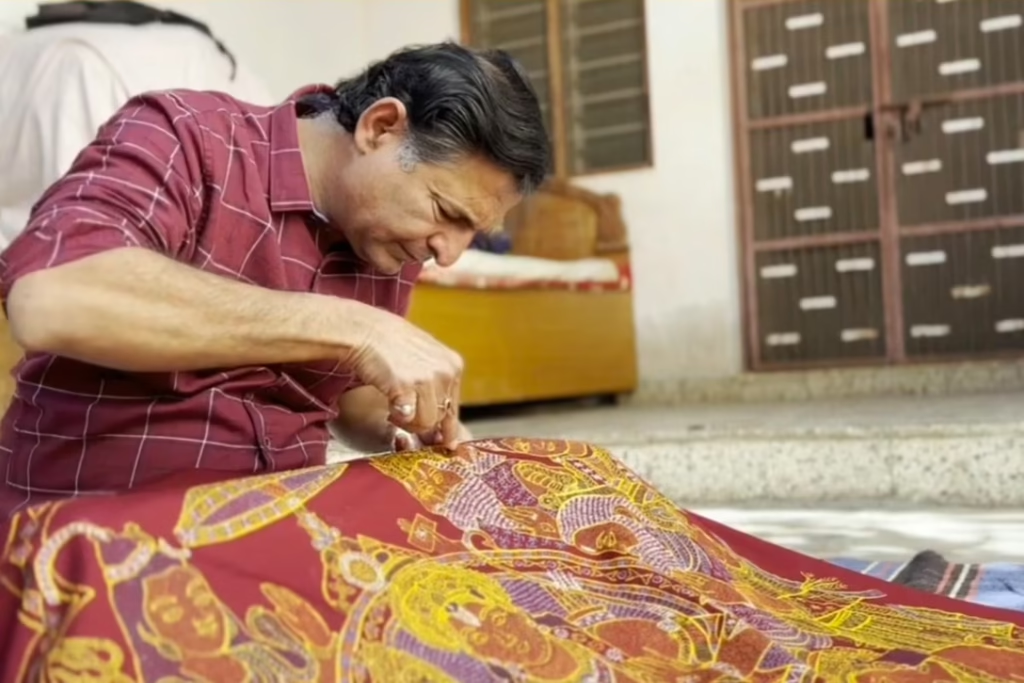
Painting and Mural Arts
Kutch also preserves ancient art traditions that extend beyond textiles:
- Rogan Art: A unique oil-based painting technique made using castor seed oil—a crop native to the region. In Rogan painting, the artisan uses a metal rod to draw patterns freehand on fabric. They often fold the cloth to create mirrored designs.
- Lippan Kaam (mud work): A traditional mural craft decorates the walls of bhungas (mud homes). It uses a mixture of clay and mirrors. This results in luminous geometric patterns that show the desert light.
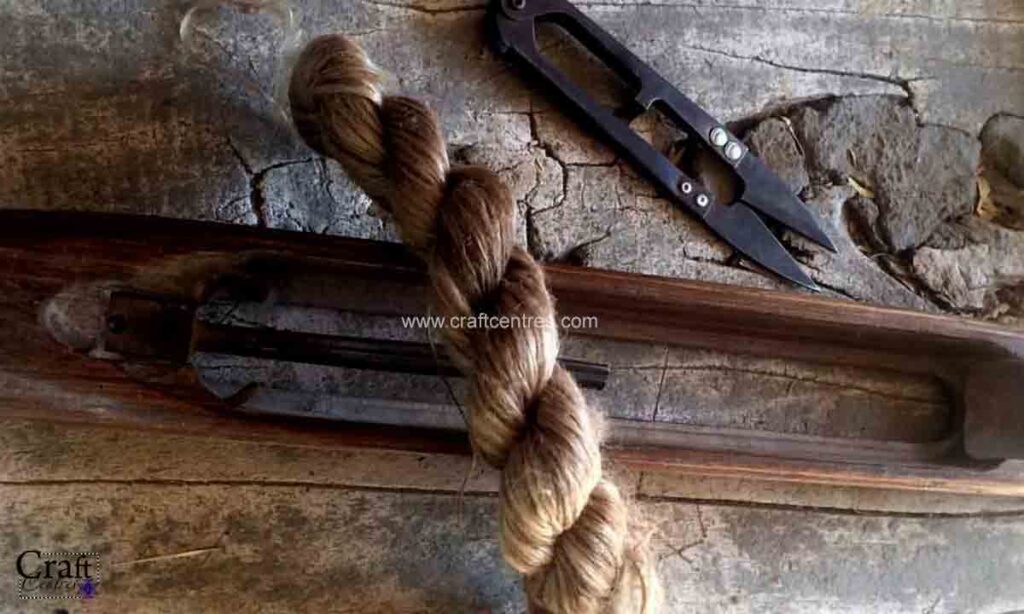
Woven and Hard Material Crafts
The artisans of Kutch are equally skilled in creating durable crafts from natural materials:
- Mashru Weaving: A silk-and-cotton fabric developed to balance luxury with comfort—silk for appearance, cotton for practicality.
- Namda: A felted wool textile made from indigenous sheep wool, traditionally used for saddle blankets and prayer mats.
- Lacquered Wood (Lac Turnery): This involves applying heated colored lac onto wood while it turns, producing vivid spiral designs.
C. The Artisan Communities of Kutch: A Living Social Map
Kutch’s craft identity is inseparable from its diverse artisan communities. Each group has cultivated specialized skills that act as cultural signatures. The style of stitch, motif, and material often signifies the artisan’s community and heritage.
| Community | Craft Specialization | Role |
|---|---|---|
| Kshatriya, Sodha, Brahmakshatriya | Bandhani, Ajrakh, Mashru | Innovators in dyeing and weaving |
| Rabari, Ahir, Mutva | Diverse embroidery styles (mirror work) | Nomadic/pastoral artisans specializing in embroidery |
| Marwada, Maheshwari | Kachchi weaving, Mashru | Linked to textile production and local trade |
| Pinjara | Namda (felted wool goods) | Makers of woollen felt goods from indigenous sheep-wool |
| Vadhas | Lac Turnery (lacquered wood) | Nomadic artisans trading lacquerware |
| Kansara | Rogan Art and silver & gold jewellery | Rogan painting and jewellery making from gold & silver |
This cooperative network—between weavers, dyers, jewellery-makers, and pastoralists—forms the social and economic backbone of Kutch’s craft ecosystem.
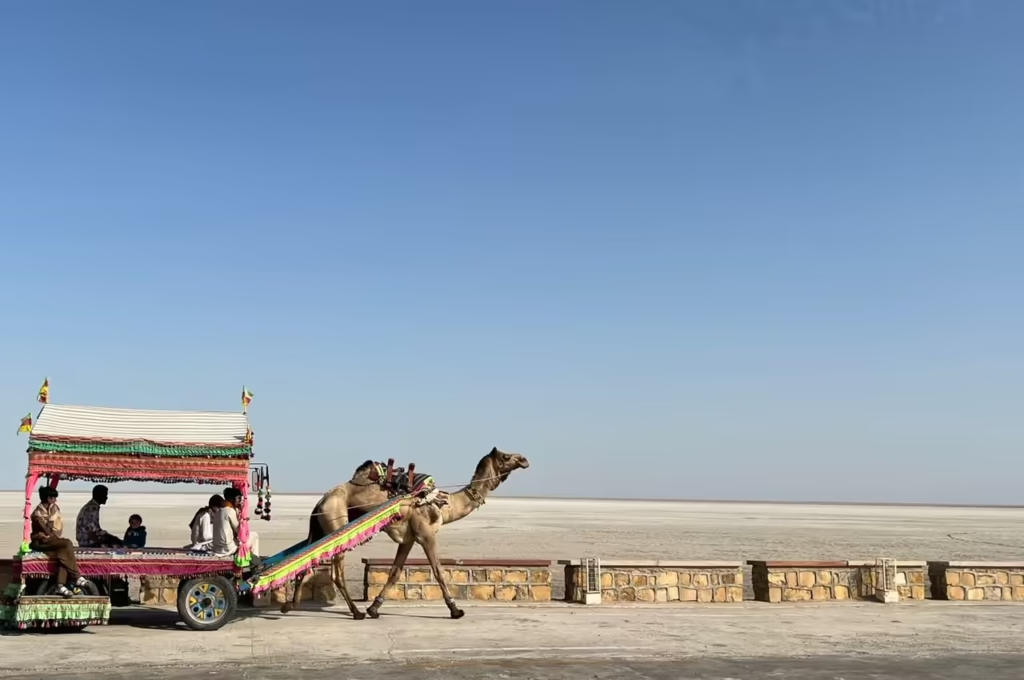
Beyond Tradition: Sustainability and Global Revival
Kutch’s artisans have shown remarkable resilience, especially after the 2001 earthquake that devastated workshops and livelihoods. With the support of local organizations, the region’s crafts were revived through community-driven and sustainable initiatives.
Today, the global market’s interest in eco-friendly, handmade, and ethically sourced products has opened new opportunities for Kutch crafts. Institutions like local craft development agencies play a vital role in preserving and promoting traditional techniques. They empower women artisans and build cooperatives. These agencies also connect rural craftsmanship to international markets, including the USA, Australia, and Canada.
These collective efforts ensure that the 5,000-year-old artistic legacy of Kutch continues to thrive. It evolves with the times while remaining rooted in tradition.
to be continued in next article.. The Intricate Threads of Kutch: A Deep Dive into Sof, Kharek, and Rabari Embroidery